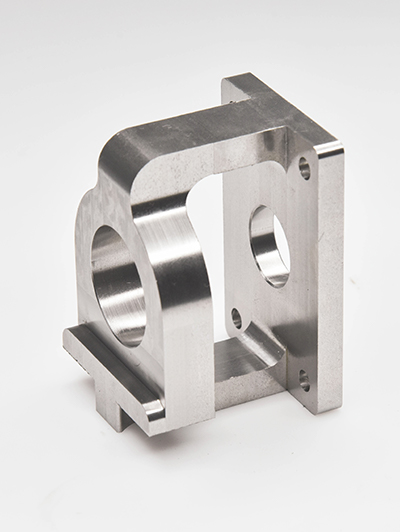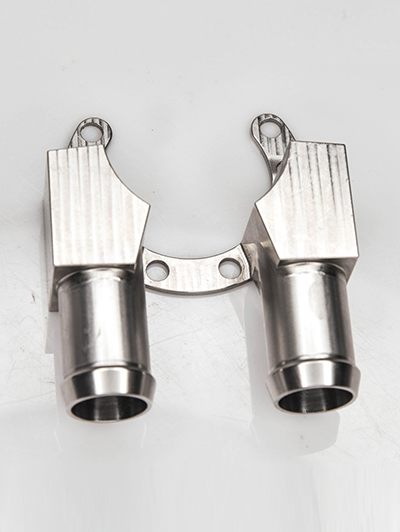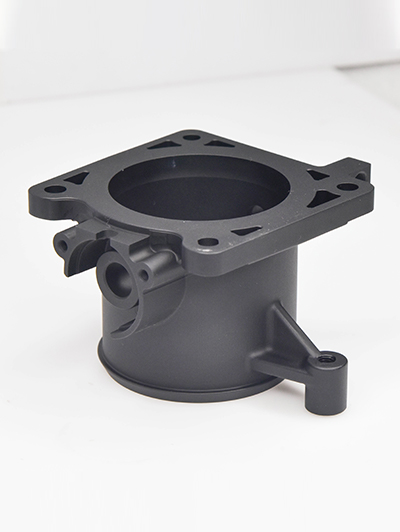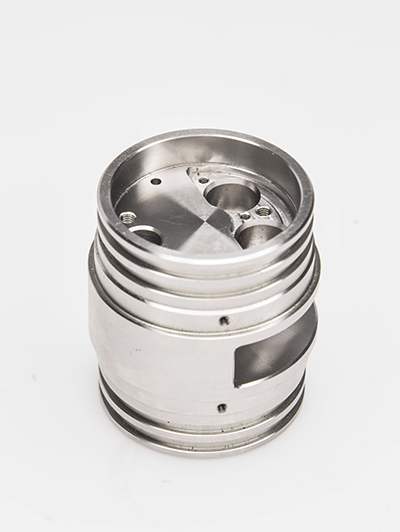Information
How does CNC machining comply with FDA/ISO 13485 standards?
CNC machining can comply with FDA (Food and Drug Administration in the US) and ISO 13485 (Medical devices - Quality management systems) standards in the following ways:
Documentation and Record - keeping
Establish a comprehensive QMS document as required by ISO 13485. This includes quality manuals, procedures, work instructions, and forms related to CNC machining processes. For example, there should be detailed procedures for equipment calibration, operator training, and material traceability.
Maintain accurate records of all machining operations. This includes details such as the materials used (batch numbers, certificates of conformity), machining parameters (speed, feed rate, tooling used), and inspection results at each stage of production. These records are crucial for traceability and to demonstrate compliance in case of audits by the FDA or ISO - certifying bodies.
Material Control
Ensure that all raw materials used in CNC - machined medical components come from qualified suppliers. Suppliers should be evaluated based on their quality management systems, product quality history, and ability to meet regulatory requirements. For example, when using biocompatible materials like titanium or PEEK, suppliers must provide documentation of material properties and compliance with relevant medical standards.
Conduct incoming material testing to verify the quality and suitability of materials. This may involve chemical composition analysis, mechanical property testing, and biocompatibility testing for medical - grade materials. Additionally, implement a system to trace materials from receipt through the machining process to the final product, enabling quick identification and recall if necessary. Equipment and Tooling Management
Regularly calibrate CNC machines and related equipment to ensure accurate and consistent machining results. Keep records of calibration activities, including the date of calibration, calibration standards used, and the results obtained. Similarly, establish a preventive maintenance schedule for machines and tooling to minimize breakdowns and ensure process stability.
Validate the performance of cutting tools and fixtures used in CNC machining. This may involve testing the tool life, cutting accuracy, and repeatability. Tools that do not meet the required performance criteria should be replaced or re - evaluated.
4. Process Validation
Before starting mass production, qualify the CNC machining process. This includes determining the optimal machining parameters, verifying the ability of the process to meet the specified product requirements (such as dimensional accuracy, surface finish), and conducting risk assessments to identify and mitigate potential process - related risks.
Continuously monitor the CNC machining process during production. This can be done through in - process inspections, statistical process control (SPC) techniques, and periodic re - validation of the process to ensure that it remains in a state of control and capable of producing compliant medical devices. Personnel Training and Competence Develop and implement training programs for CNC machine operators, quality control personnel, and other relevant staff. Training should cover aspects such as CNC machining techniques, quality management system requirements, regulatory compliance (FDA and ISO 13485), and safety procedures.
Regularly assess the competence of employees through performance evaluations, practical tests, and verification of training records. Only qualified and competent personnel should be allowed to perform critical tasks related to CNC machining of medical devices.
Quality Control and Inspection
Conduct frequent inspections during the CNC machining process to detect and correct any deviations from the specified requirements early. This may include dimensional checks, surface finish measurements, and visual inspections for defects such as burrs, cracks, or scratches.
Perform a comprehensive final inspection of the machined medical components before release for use. The inspection should cover all critical product characteristics, including functionality, biocompatibility (if applicable), and compliance with the design specifications. Use appropriate inspection tools and techniques, such as coordinate measuring machines (CMMs) for dimensional verification. Corrective and Preventive Actions (CAPA)
Establish procedures for identifying, documenting, and investigating non - conformities in CNC - machined medical devices. When a non - conformity is detected, take immediate corrective actions to address the issue and prevent its recurrence. This may involve rework, scrap disposal, or process adjustments.
Conduct root cause analysis to determine the underlying causes of non - conformities. Based on the analysis, implement preventive actions to eliminate potential causes of future problems and continuously improve the CNC machining process.
Enhancing Efficiency in Aerospace Technologies
1. Implementing advanced automation and robotics: By utilizing automated systems and robotics in aerospace technologies, tasks can be performed more quickly and accurately, leading to increased efficiency. This includes automated systems for manufacturing, inspection, maintenance, and handling of materials.2. Adopting digital twin technology: Digital twin technology allows for real-time monitoring and simul...
Cutting-edge Machining of Unique Materials
Advancements in technology have allowed for the cutting-edge machining of unique materials that were previously difficult to work with. This has opened up new possibilities for manufacturing industries, allowing for the production of components and products that were once thought to be impossible.One such material that has benefited from cutting-edge machining techniques is carbon fiber. Carbon fiber is a l...
Enhancing Efficiency in Aerospace Technologies
1. Implementing advanced automation and robotics: By utilizing automated systems and robotics in aerospace technologies, tasks can be performed more quickly and accurately, leading to increased efficiency. This includes automated systems for manufacturing, inspection, maintenance, and handling of materials.2. Adopting digital twin technology: Digital twin technology allows for real-time monitoring and simul...
Cutting-edge Machining of Unique Materials
Advancements in technology have allowed for the cutting-edge machining of unique materials that were previously difficult to work with. This has opened up new possibilities for manufacturing industries, allowing for the production of components and products that were once thought to be impossible.One such material that has benefited from cutting-edge machining techniques is carbon fiber. Carbon fiber is a l...
Shape accuracy detection
In addition to dimensional accuracy, the shape accuracy of the parts cannot be ignored. Detect shape errors such as roundness, cylindricity, and flatness of parts using equipment such as roundness meters and contour meters. For example, when processing high-precision bearing rings, the accuracy of roundness and cylindricity directly affects the rotational accuracy and service life of the bearing.
Dimensional accuracy testing
Using advanced measuring tools and techniques, such as coordinate measuring instruments, optical imagers, etc., to accurately measure the dimensions of parts. For precision parts, dimensional tolerances are usually controlled at the micrometer level, so high-precision measuring equipment is required to ensure the accuracy of the test results. For example, when processing precision molds for mobile phone chi...
- +86 13603025252
-

WhatsApp
- info@jiujucnc.com





